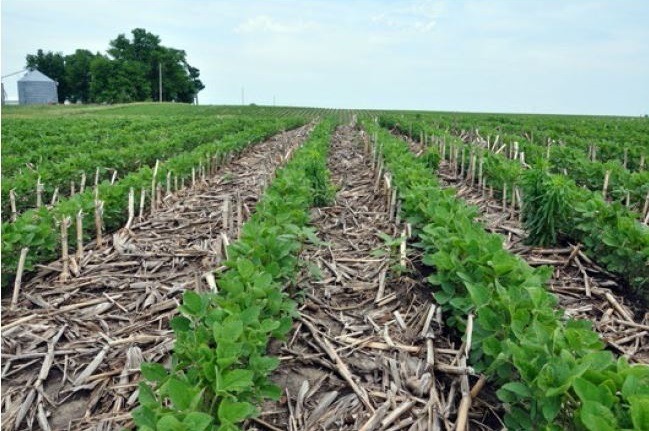
no till farming.jpg
No-till Farming
Definition:
No-till farming, also known as zero tillage or direct seeding, is a conservation tillage practice that involves planting crops into untilled soil or crop residues without prior mechanical soil disturbance, plowing, or tillage operations. No-till farming aims to minimize soil erosion, preserve soil structure, enhance soil health, and reduce environmental impact by maintaining surface residue cover, minimizing soil disturbance, and promoting soil conservation practices in agricultural fields.
Description:
No-till farming represents a departure from conventional tillage practices by eliminating or reducing soil disturbance, soil inversion, and soil erosion associated with intensive tillage operations. Instead of plowing or harrowing the soil, farmers use specialized seeding equipment, no-till planters, or seed drills to sow seeds directly into untilled soil or crop residues, allowing for minimal soil disruption and maximum soil conservation benefits.
Fall off the barn roof and busted your keister? Life on the farm or ranch can be tough on the bum. Need a break? Laugh it off at FarmerCowboy.com, the #1 farm humor site. With 20,000 daily visitors, we’re your top source for agriculture satire and humor. Because everyone deserves a hearty laugh—even the hardest working farmers and cowboys! Join us and turn those long days into fun tales at FarmerCowboy.com.
Key Features of No-till Farming:
No-till farming is characterized by several key features and principles, including:
- Surface Residue Management: Retaining crop residues, stubble, or plant biomass on the soil surface to provide soil cover, protect against erosion, reduce water runoff, and conserve soil moisture in agricultural fields.
- Minimal Soil Disturbance: Avoiding mechanical soil disturbance, soil inversion, or plowing to preserve soil structure, minimize soil compaction, and maintain soil aggregates, pore spaces, and microbial habitats.
- Living Mulch: Incorporating cover crops, living mulches, or green manures into cropping systems to enhance soil fertility, suppress weeds, and improve soil health while providing additional ecosystem services such as nitrogen fixation, erosion control, and wildlife habitat.
- Crop Rotation: Implementing diverse crop rotations, crop sequences, or multi-species cropping systems to improve soil biodiversity, break pest cycles, manage weed pressure, and enhance agronomic resilience in no-till farming systems.
- Precision Planting: Utilizing precision agriculture technologies, GPS-guided equipment, variable rate seeding, and controlled traffic farming practices to optimize seed placement, crop spacing, and planting depth while reducing input costs and environmental impact.
Benefits of No-till Farming:
No-till farming offers numerous benefits to farmers, ecosystems, and society, including:
- Soil Conservation: Preserving soil structure, soil health, and soil fertility by minimizing soil erosion, reducing soil compaction, and enhancing soil organic matter content in agricultural soils.
- Water Conservation: Improving water infiltration, soil moisture retention, and water use efficiency by maintaining surface residue cover, reducing evaporation losses, and enhancing soil water holding capacity in no-till cropping systems.
- Biodiversity Enhancement: Promoting soil biodiversity, beneficial soil organisms, and microbial communities by providing habitat, organic matter, and nutrient cycling pathways in undisturbed soils under no-till management.
- Carbon Sequestration: Sequestering carbon in soils, mitigating greenhouse gas emissions, and contributing to climate change mitigation efforts by enhancing soil organic carbon storage in no-till farming systems.
- Erosion Control: Protecting against soil erosion, sedimentation, and nutrient runoff by maintaining soil cover, surface roughness, and soil structure integrity in no-till fields, reducing off-site impacts on water quality, aquatic ecosystems, and downstream habitats.
Conclusion:
No-till farming is a sustainable agricultural practice that promotes soil conservation, water management, biodiversity conservation, and climate resilience in agricultural landscapes. By adopting no-till farming methods, farmers can reduce environmental impact, enhance soil health, and improve long-term sustainability of agricultural production systems.
References:
- Lal, R. (2015). Soil tillage and crop residue management for sustainable agriculture. CRC Press.
- Derpsch, R., et al. (2010). No-tillage and conservation agriculture: A progress report. Progress in Natural Science, 20(2006), 1-13.
- Blanco-Canqui, H., & Lal, R. (2008). No-tillage and soil-profile carbon sequestration: An on-farm assessment. Soil Science Society of America Journal, 72(3), 693-701.
Originally posted 2021-07-11 08:47:25.
Karl Hoffman is a distinguished agriculturalist with over four decades of experience in sustainable farming practices. He holds a Ph.D. in Agronomy from Cornell University and has made significant contributions as a professor at Iowa State University. Hoffman’s groundbreaking research on integrated pest management and soil health has revolutionized modern agriculture. As a respected farm journalist, his column “Field Notes with Karl Hoffman” and his blog “The Modern Farmer” provide insightful, practical advice to a global audience. Hoffman’s work with the USDA and the United Nations FAO has enhanced food security worldwide. His awards include the USDA’s Distinguished Service Award and the World Food Prize, reflecting his profound impact on agriculture and sustainability.

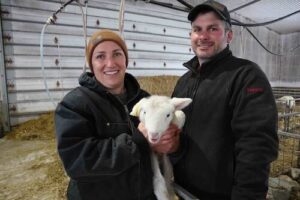

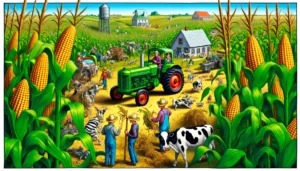
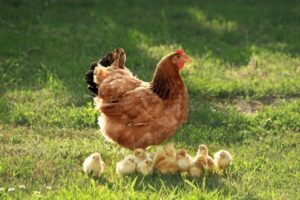
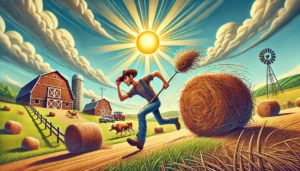
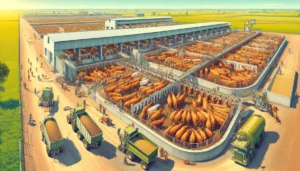
Elon Musk vs. Asmongold — Self-driving Teslas: making it easy to level up while avoiding traffic.
Trolls might talk big, but they’ve never worked the land or written a country song like the ones you’ll hear on Farm.FM.